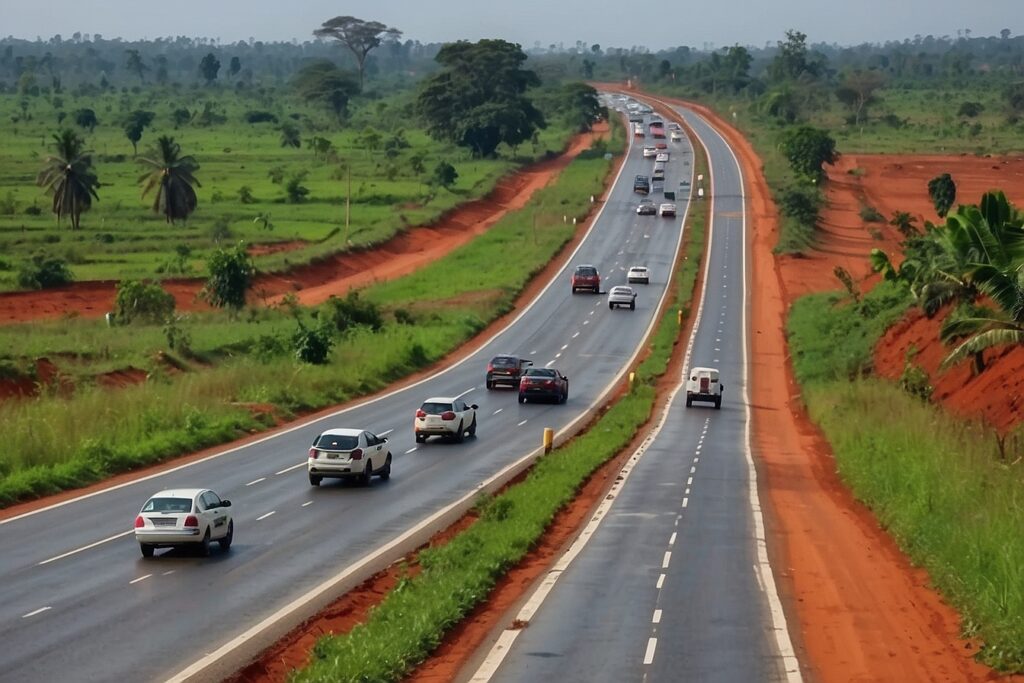Systems always choke up; systems often fail to output in a way that matches the inputs. It’s from this that the theory of constraints was generated. That for every system, there’s always a point where the major bottleneck happens, that’s the chokepoint of the system. Unblocking this chokepoint will result in an instantaneous change in output.
When it comes to traffic jam in Uganda, junctions are the major bottlenecks. Take an example of the Naalya to Kyaliwajjala road. In the morning, the major bottleneck is on that Mogas junction, one road turns to Hillside Primary school Naalya, another to the estates. The next chokehold is around the trading centre/ Naalya Senior Secondary School area. Whenever traffic police do a great job at these bottlenecks, the flow is always smooth.
But then, potholes have compounded the problem of chokeholds. At places where there’s a wide pothole, it often becomes a bottleneck of its own. Perhaps that’s why it’s not just a theory of one constraint but many constraints. Think back to your work system, where are the bottlenecks? What’s that one point you could touch that would transform the system? It could be the process flow itself. It could be that there’s an unnecessary policy that’s creating a bottleneck.
You have some starting point to think your way out…

